Photo Gallery
- Incorporation of the Company
- FACTORY BUILDING
- Production facilities
- Marketing campaign & packaging design
- CORPORATE EVENTS / PROJECTS
- PAST VS PRESENT USAGE OF FACTORY BUILDING
INCORPORATION OF THE COMPANY
 1932
Two major founders of the Company, Mr. A. J. Ben (right) and Mr. Harry J. Lowe (left)
1932
Two major founders of the Company, Mr. A. J. Ben (right) and Mr. Harry J. Lowe (left)
 1964
Board of Directors
1964
Board of Directors
 1976
Board of Directors
1976
Board of Directors
 1982
Board of Directors
1982
Board of Directors
 1989
Board of Directors
1989
Board of Directors
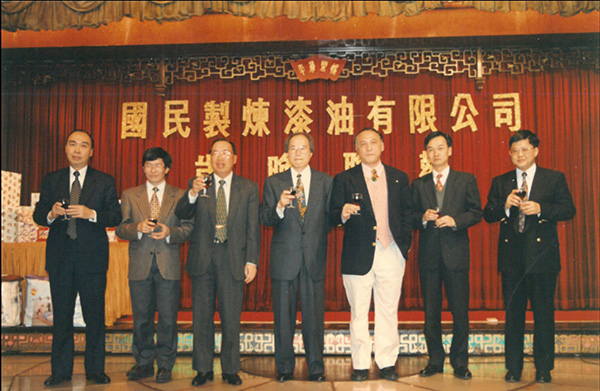 1994
Board of Directors
1994
Board of Directors
 2003
Board of Directors
2003
Board of Directors
FACTORY BUILDING
Hong Kong
 1934
Phase I Plant at North Point
1934
Phase I Plant at North Point
 1938
Phase II Plant at North Point
1938
Phase II Plant at North Point
 1946
Expansion of North Point plant area to 50,000 square feet
1946
Expansion of North Point plant area to 50,000 square feet
 1959
Bought a land in Kwun Tong and set up a new plant with the site area of 90,000 square feet
1959
Bought a land in Kwun Tong and set up a new plant with the site area of 90,000 square feet
Singapore
 1965
Factory building in Singapore
1965
Factory building in Singapore
China
 1997
Factory building in Dongguan
1997
Factory building in Dongguan
 2004
Powder coatings factory building in Dongguan
2004
Powder coatings factory building in Dongguan
PRODUCTION FACILITIES IN DIFFERENT DECADES






 1960's
Plant in Kwun Tong Hong Kong
1960's
Plant in Kwun Tong Hong Kong



 2000's
Plant in Dongguan China
2000's
Plant in Dongguan China
MARKETING CAMPAIGN & PACKAGING DESIGN IN DIFFERENT DECADES
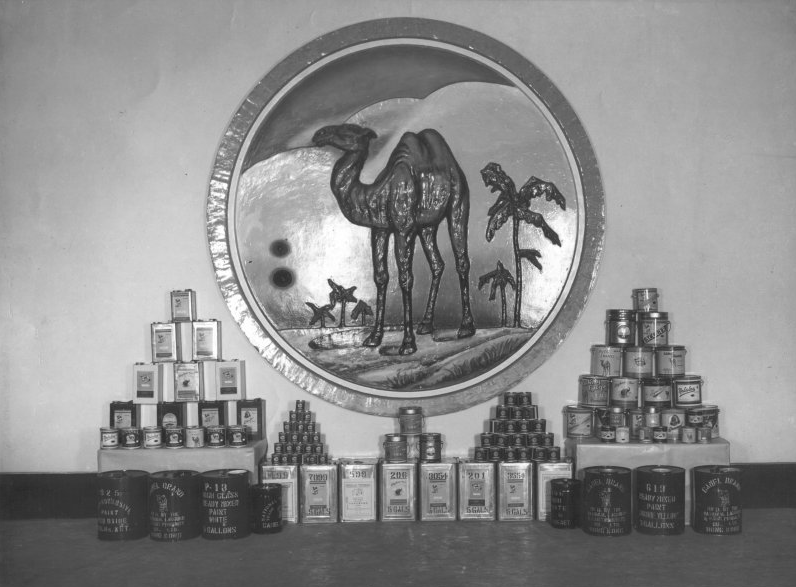

 1930's
1930's


 1940's
1940's
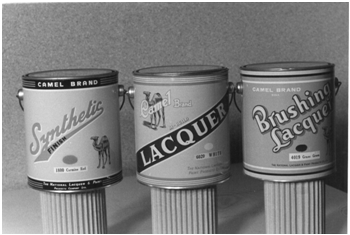
 1960's
1960's

 1980's
1980's
 1990's
1990's

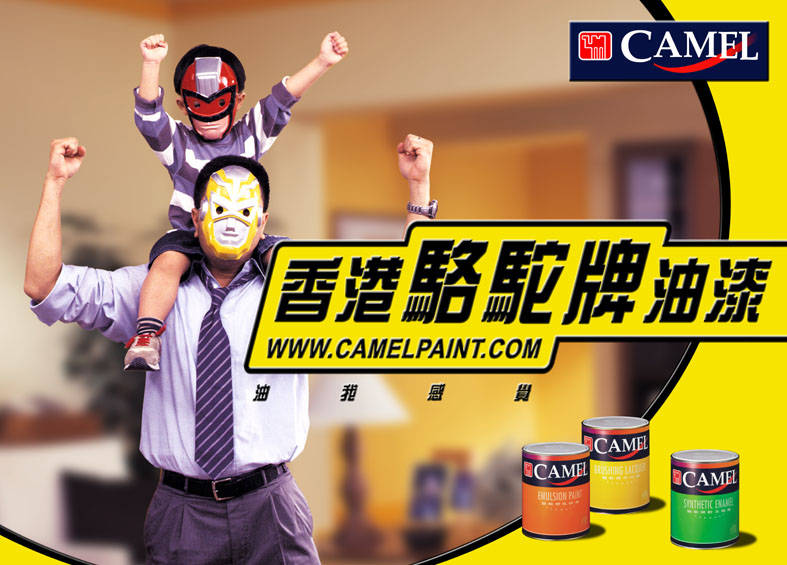 2000's
2000's
CORPORATE EVENTS / PROJECTS
 1948
Camel Team won the Hong Kong Open Table Tennis League Championship
1948
Camel Team won the Hong Kong Open Table Tennis League Championship
 1960
Inauguration ceremony of Kwun Tong factory building in Hong Kong and was officiated by Sir Tsun-nin Chau, CBE
1960
Inauguration ceremony of Kwun Tong factory building in Hong Kong and was officiated by Sir Tsun-nin Chau, CBE
 1960
Celebration of the Inauguration of Kwun Tong factory building in Hong Kong cum 27th Anniversary of the Company
1960
Celebration of the Inauguration of Kwun Tong factory building in Hong Kong cum 27th Anniversary of the Company
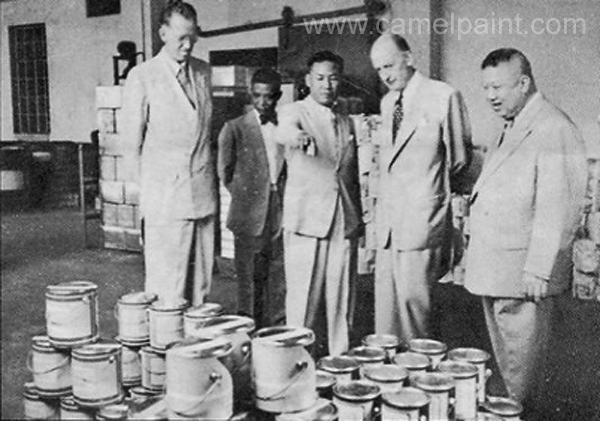 1961
Sir Grantham, the Governor of Hong Kong, visited Kwun Tong plant in Hong Kong
1961
Sir Grantham, the Governor of Hong Kong, visited Kwun Tong plant in Hong Kong




 1960's
Participated the Expo held by The Chinese Manufacturers' Association of Hong Kong
1960's
Participated the Expo held by The Chinese Manufacturers' Association of Hong Kong


 1970's
Collaboration with Wah Kiu Wan Pao for the Top 10 Singers Award Presentation Ceremony from 1971 to 1980
1970's
Collaboration with Wah Kiu Wan Pao for the Top 10 Singers Award Presentation Ceremony from 1971 to 1980
 1987
Sponsored the Camelpaint Shield from 1987 to 1992
1987
Sponsored the Camelpaint Shield from 1987 to 1992
 1989
Establishment of Camelpaint Buildings Block III
1989
Establishment of Camelpaint Buildings Block III
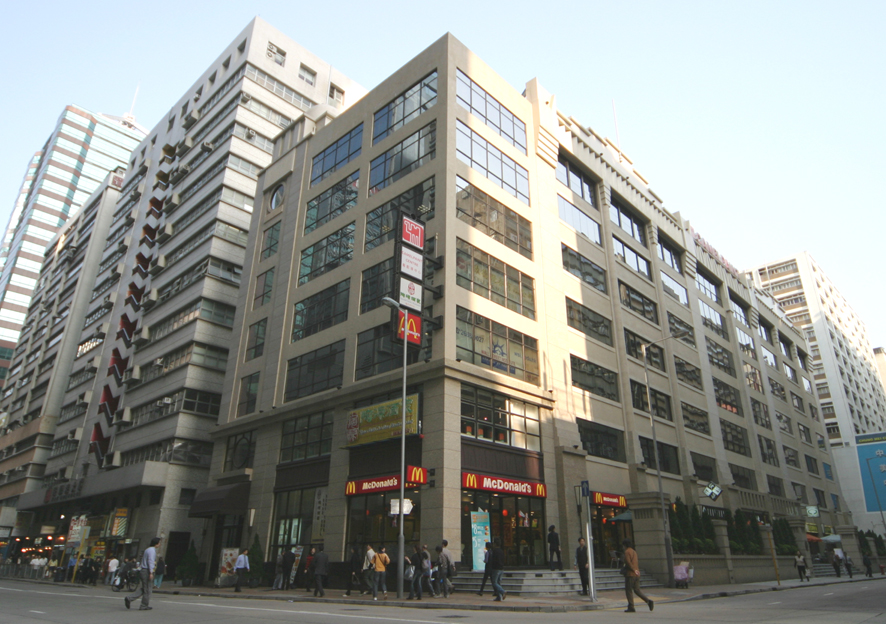 2002
Refurbishment of factory building at Kwun Tong Hong Kong and renamed to Camelpaint Centre
2002
Refurbishment of factory building at Kwun Tong Hong Kong and renamed to Camelpaint Centre

 2004
Grand opening of the powder coatings factory in Dongguan China, a joint venture with Orica Group, the largest listed chemical company in Australia
2004
Grand opening of the powder coatings factory in Dongguan China, a joint venture with Orica Group, the largest listed chemical company in Australia
PAST VS PRESENT USAGE OF FACTORY BUILDING
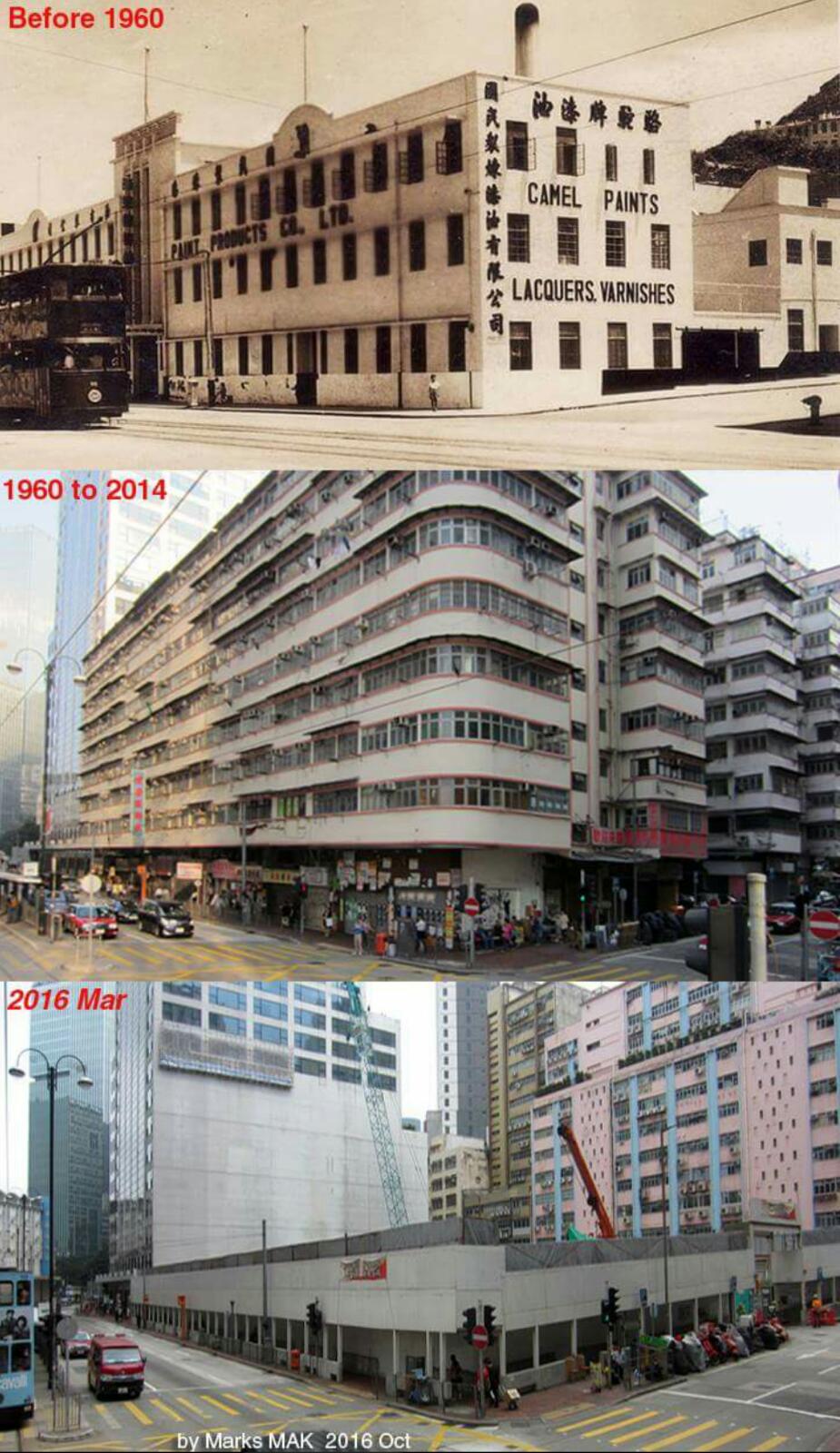 1960's - 2016's
Factory building at King's Road North Point Hong Kong had been built in phases from 1934 to 1946 (the photo above).
1960's - 2016's
Factory building at King's Road North Point Hong Kong had been built in phases from 1934 to 1946 (the photo above). The factory building had been dismantled and erected into 4 blocks of residential properties in 1960 (the middle photo).
In March 2016 the residential properties had been dismantled and to be erected into commercial buildings (the below photo).
 1960's - 2010's
The 7-storey building had been erected at Hing Yip Street Kwun Tong Hong Kong in 1959 (the photo above).
1960's - 2010's
The 7-storey building had been erected at Hing Yip Street Kwun Tong Hong Kong in 1959 (the photo above). The outlook of the factory building after renovation in 1985 (the middle photo).
In 2002, the factory building had been converted to commercial usage and renamed as Camelpaint Centre
(the photo below).
 1960's - 2010's
The status of Nos. 60 & 62 Hoi Yuen Road Kwun Tong Hong Kong in the 1960's (the photo above).
1960's - 2010's
The status of Nos. 60 & 62 Hoi Yuen Road Kwun Tong Hong Kong in the 1960's (the photo above). The factory building and dangerous goods warehouses at Hoi Yuen Road had been dismantled and erected into Camelpaint Buildings Blocks 1, 2 and 3 (left side) respectively in the 1980's (the photo below).
 1980's - 2010's
During the period from 1981 to 2004, the warehouses at Hoi Yuen Road Kwun Tong Hong Kong had been used for keeping dangerous goods and non-dangerous goods (the photo above).
1980's - 2010's
During the period from 1981 to 2004, the warehouses at Hoi Yuen Road Kwun Tong Hong Kong had been used for keeping dangerous goods and non-dangerous goods (the photo above). After 2007, the usage of the warehouses had been converted gradually to retail shops for selling red wine, sport wears and shoes, etc. (the photo below).